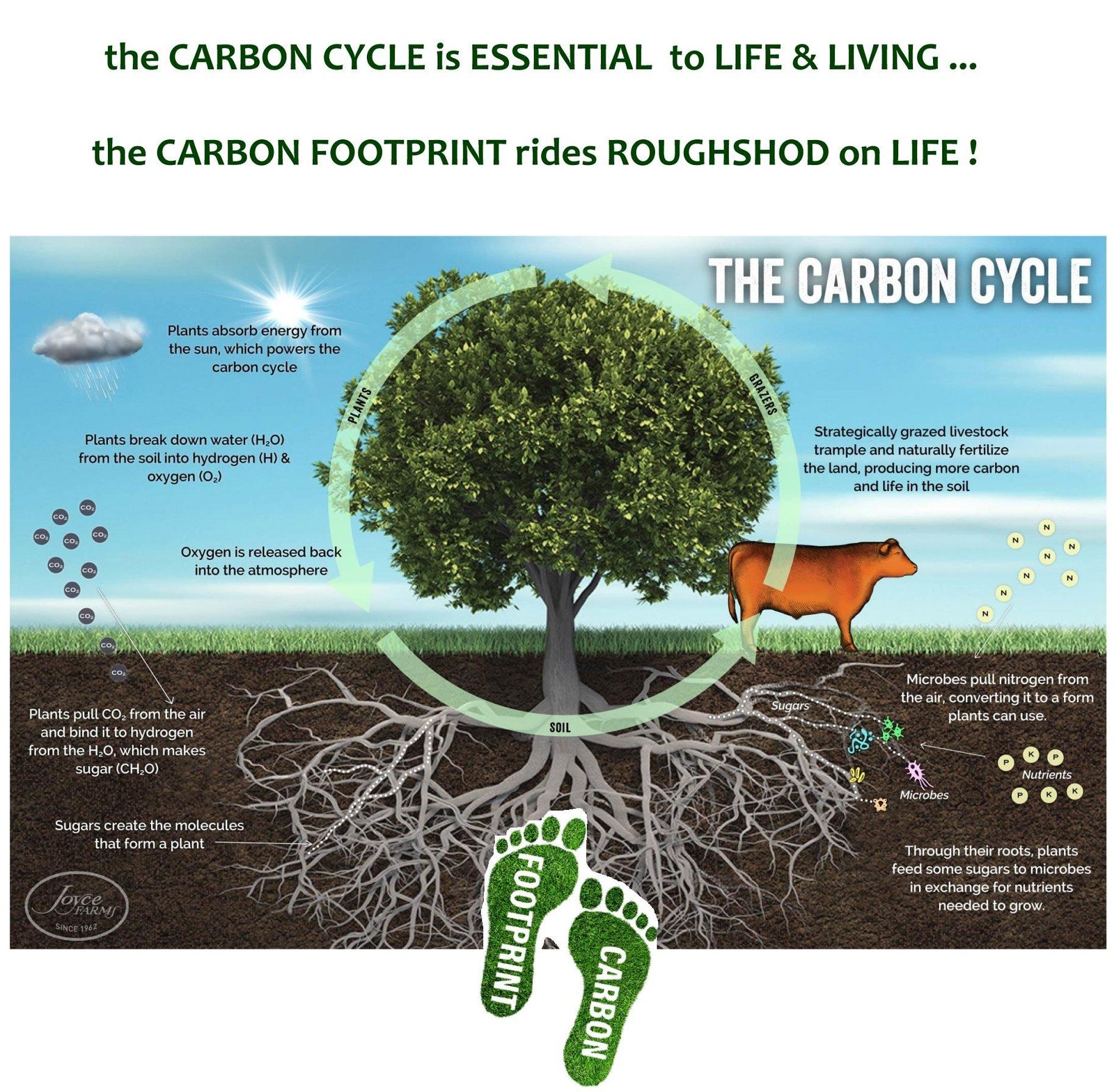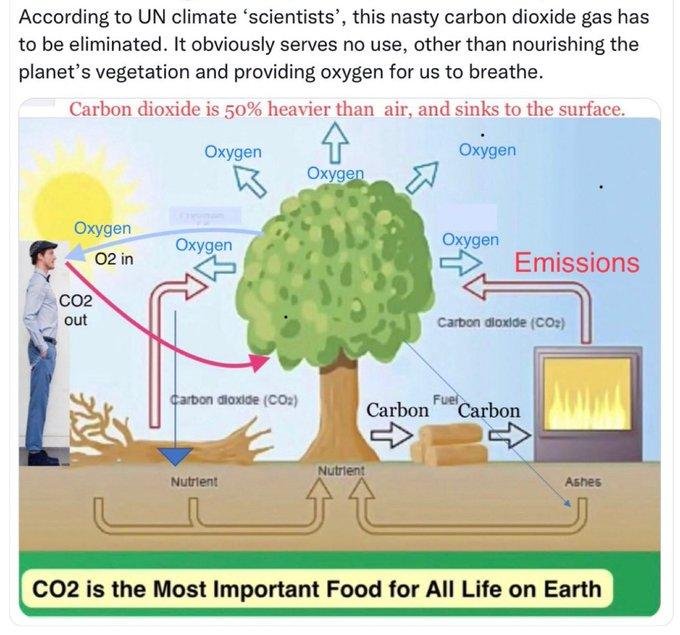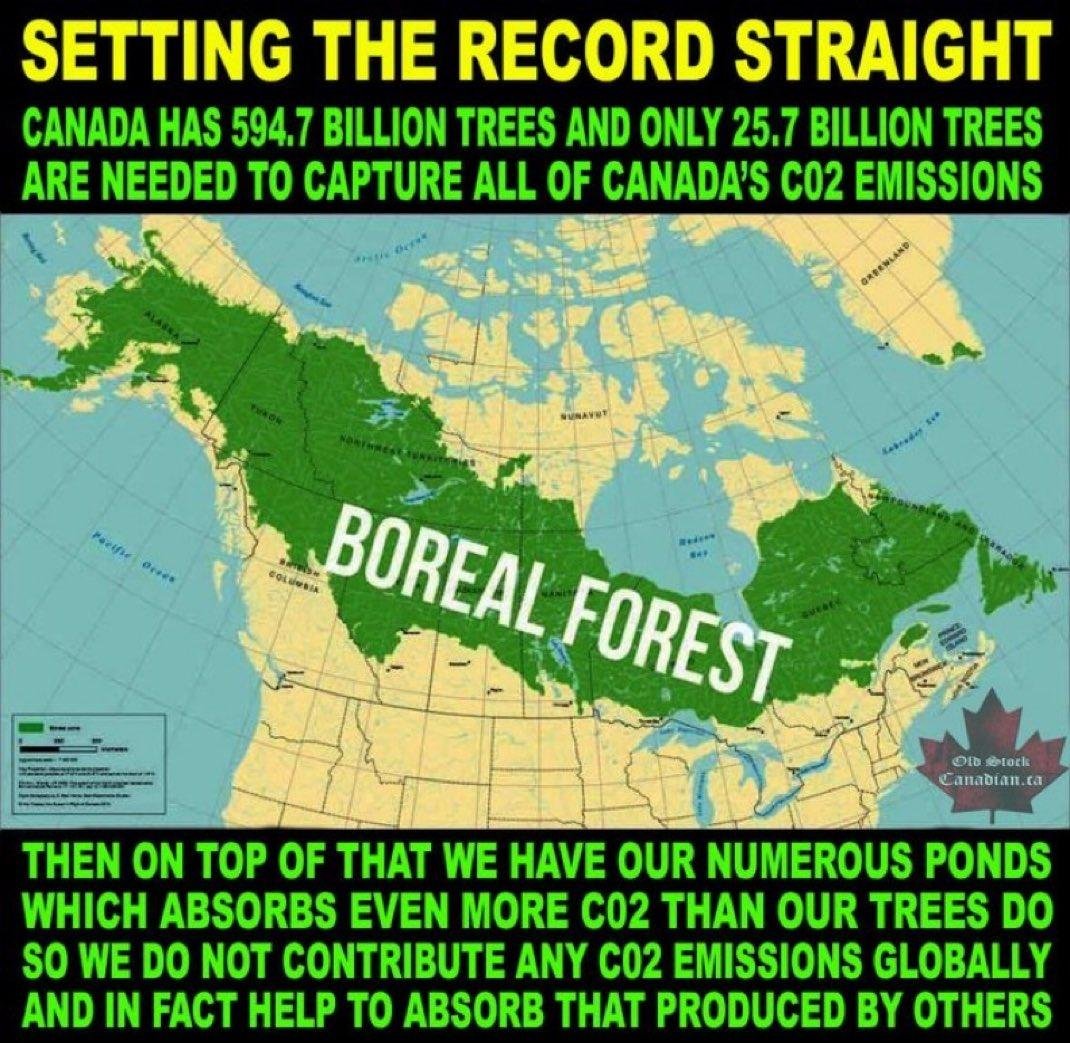Beste mensen,
Heeft u een idee waar men mee bezig is in de Kamer en welke enorme ellende en schade word aangericht door de EU ? Welke de vreselijke gevolgen zijn van de zgn Green Deal van onder meer Frans Timmermans?
Er zijn heel wat Kamerleden die weinig of niets af weten van de materie en die doen alsof ze het klimaat zo graag willen redden maar ze weten niet waar ze mee bezig zijn.
Er zijn ook slinkse dieven in de politiek actief die heel goed weten hoe ze de burgers het beste kunnen oplichten, hebzuchtige oplichters die de burger alsmaar meer geld afhandig maken door bedrog.
De oplichters/ bedriegers werken meestal samen in de vorm van een kartel, en dat is een groep met mensen van diverse partijen die voor de buhne van alles en nog wat beweren. Ze doen alsof ze het niet of wel met elkaar eens zijn en achter de schermen voeren ze steeds een het zelfde beleid hetgeen niet bepaald democratisch is en neerkomt op structureel kiesbedrog.,
Het bedrog vind onder meer plaats door leugens zoals over het klimaat, geknoei met cijfers en metingen en het enorm zwaar belasten van energie zoals olie en gas en het opleggen van peperdure heffingen zoals voor het netwerkbeheer etc.
Eveneens word er veel geld uitgegeven aan subsidies, die dan opeens weer worden ingetrokken waardoor bijvoorbeeld mensen die zonnepanelen hebben aangeschaft niet meer kunnen rekenen op de winst of voordelen die aan hen beloofd was.
In de politieke arena word glashard gelogen en veel word u niet verteld. U de burgers word stelselmatig opgelicht zoals via belastingen. De belastingen op gas/ energie in NL zijn namelijk extreem hoog vergeleken met andere landen.
En alles wat men zogenaamd deed om het klimaat te redden blijkt een vreselijk pakket te zijn aan zeer dure maatregelen die leiden tot veel meer schade en vervuiling van flora en fauna, en al die maatregelen leiden tot een enorme aantasting van de economie/ de boerenstand/ MKB/ Horeca etc etc.
Ter inleiding..
Ter inleiding zie eerst enkele brandende vragen in de kamer over de verplichtingen van de Gasunie (eigendom van de Nederlandse staat)?
Ralf Dekker van fvd stelt vragen aan Minister Sophie Hermans van de VVD over de soorten aardgas, gasverplichtingen, de hoge kosten in nederland en wie nu de eigenaar is van de enorme gasbel te Slochteren.
We gaan op onderzoek uit. M Nieuws meldt:
NAM is een 50/50 joint venture van Shell en Esso, en verzorgt het beschikbaar hebben v capaciteit en de productie uit het veld namens de Maatschap Groningen. Het Britse Shell en Amerikaans ExxonMobilom zijn eigenaar van De NAM
De Gasunie is een NV en eigendom vd Nederlandse Staat met 2 dochterondernemingen, te weten de Gasunie Deutschland en in Nederland Gasunie Transport Services (GTS). Het Huis van Oranje heeft voor miljarden aan aandelen in Shell. De jaarlijkse winst word geschat op 5 miljard euro.
Wie zijn oa aandeelhouders van de NAM? Het handelsbedrijf nam de plaats in van de Gasunie in het Gasgebouw en ging verder onder de naam GasTerra, in de bestaande eigendomsverhoudingen: 40% eigendom van EBN, 25% van Shell, 25% van ExxonMobil en 10% van de Nederlandse staat.
Aandelen?
Er dient onderzocht te worden wie allemaal aandelen heeft in de energie sector, politici bijvoorbeeld die zouden kunnen handelen in aandelen Shell met voorkennis op de beurs en dat ik strikt verboden/ bedrog/ en strafbaar.
Soorten Gas?
Er zijn div soorten gas en elke soort heeft een bepaalde energie waarde/ verbrandingswaarde / het ene gas is het andere niet/ zoals al eerder is gezegd
Gas wordt in groepen ingedeeld op basis van calorische waarde: laagcalorisch gas en hoogcalorisch gas. De calorische waarde geeft aan hoeveel energie 1 m3 aardgas bevat. Gas heeft dus helemaal niet altijd dezelfde samenstelling want de calorische waarde van gas is per veld niet constant.
De NAM produceert zowel:
hoogcalorisch gas (H-gas)
laagcalorisch gas (L-gas of G-gas).
Het Groningen-gasveld bevat aardgas met een laagcalorische waarde en dat wijkt af van de meeste andere velden in de wereld, zo word gesteld, is dat wel waar?
Dit zou komen doordat het gas een relatief groot aandeel (14%) stikstof bevat.
Laag calorgisch gas heeft een groot aandeel stikstof
Hoogcalorisch gas bevat veel minder stikstof en daardoor kan uit dit gas MEER energie worden gehaald.
Er is dus hoog calorgisch gas dat bij verbranding veel meer energie of warmte oplevert en er is laag calorgisch gas dat minder energie of warmte oplevert bij verbranding per m3, en de uitstoot verschilt qua samenstelling.
Laagcalorische aardgas is de standaard voor gasfornuizen en cv-ketels in Nederland, maar ook in België, Duitsland en Noord-Frankrijk.
Hoogcalorisch gas bevat veel minder stikstof en daardoor . kan uit dit gas meer energie worden gehaald.
In Nederland komt hoogcalorisch gas vooral voor in kleine gasvelden op land en zee. Ook vanuit Rusland en Noorwegen wordt hoogcalorisch gas naar Nederland getransporteerd.
Hoogcalorisch gas bestemd voor gebruik door particulieren, moet worden gemengd tot de kwaliteit van het laagcalorische G-gas. Dat kan bijvoorbeeld door het toevoegen van stikstof, waarmee de calorische waarde afneemt.
Gas Unie
De Gasunie, zorgt voor het transport van het gas en werkt met gescheiden leiding netwerken. Het ene voor laagcalorisch gas, het andere voor hoogcalorisch gas. Het netwerk voor hoogcalorisch gas wordt ook gebruikt voor rechtstreekse levering aan grootverbruikers zoals elektriciteitscentrales, raffinaderijen en hoogovens.
Scheikundige samenstelling
Aardgas bestaat voornamelijk uit methaan, stikstof, ethaan, propaan, butaan en kooldioxide (CO2).
Methaan, ethaan, propaan en butaan zijn verbindingen van koolstofatomen (C) en waterstofatomen (H). Samen heten ze koolwaterstoffen. Het gehalte aan pure koolwaterstoffen in het gasmengsel bepaalt de verbrandingswaarde – de calorische waarde – van gas. En daarmee ook de gaskwaliteit.
bron :
https://www.nam.nl/gas-en-olie/aardgas/gas-kwaliteit.html
Kernenergie?
Hoeveel kerncentrales?
Wij gebruiken in onze huizen ongeveer 2500 kWh stroom per jaar. Er zijn ongeveer 8 miljoen huishoudens, dat is bij elkaar dus 25 miljoen MegaWattuur.
Een kerncentrale levert per jaar, voor 5 cent per kWh, 8,3 miljoen MegaWattuur stroom. We hebben dus drie kerncentrales nodig voor stroom voor alle huishoudens.
Dan is er 24 uur per dag het hele jaar door goedkope stroom. Zonder pieken of dalen op het elektriciteit net, dus geen gascentrales en mega accu’s nodig voor als de zon niet schijnt of het niet waait. Geen CO2, geen hinder voor mensen. Heeft u daar wel eens aan gedacht?
Tekst: Gerard Smals
En dan zie je "links" maar stamelen en zeiken over CO2 , stikstof gezamenlijk met andere teerklevers op de A28..
https://www.facebook.com/groups/1123367078382644/user/100007888576493/Beste mensen,
Heeft u een idee waar men mee bezig is in de Kamer en welke enorme ellende en schade word aangericht door de EU ? Welke de vreselijke gevolgen zijn van de zgn Green Deal van onder meer Frans Timmermans?
Er zijn heel wat Kamerleden die weinig of niets af weten van de materie en die doen alsof ze het klimaat zo graag willen redden maar ze weten niet waar ze mee bezig zijn.
Er zijn ook slinkse dieven in de politiek actief die heel goed weten hoe ze de burgers het beste kunnen oplichten, hebzuchtige oplichters die de burger alsmaar meer geld afhandig maken door bedrog.
De oplichters/ bedriegers werken meestal samen in de vorm van een kartel, en dat is een groep met mensen van diverse partijen die voor de buhne van alles en nog wat beweren. Ze doen alsof ze het niet of wel met elkaar eens zijn en achter de schermen voeren ze steeds een het zelfde beleid hetgeen niet bepaald democratisch is en neerkomt op structureel kiesbedrog.,
Het bedrog vind onder meer plaats door leugens zoals over het klimaat, geknoei met cijfers en metingen en het enorm zwaar belasten van energie zoals olie en gas en het opleggen van peperdure heffingen zoals voor het netwerkbeheer etc.
Eveneens word er veel geld uitgegeven aan subsidies, die dan opeens weer worden ingetrokken waardoor bijvoorbeeld mensen die zonnepanelen hebben aangeschaft niet meer kunnen rekenen op de winst of voordelen die aan hen beloofd was.
In de politieke arena word glashard gelogen en veel word u niet verteld. U de burgers word stelselmatig opgelicht zoals via belastingen. De belastingen op gas/ energie in NL zijn namelijk extreem hoog vergeleken met andere landen.
En alles wat men zogenaamd deed om het klimaat te redden blijkt een vreselijk pakket te zijn aan zeer dure maatregelen die leiden tot veel meer schade en vervuiling van flora en fauna, en al die maatregelen leiden tot een enorme aantasting van de economie/ de boerenstand/ MKB/ Horeca etc etc.
Ter inleiding..
Ter inleiding zie eerst enkele brandende vragen in de kamer over de verplichtingen van de Gasunie (eigendom van de Nederlandse staat)?
Ralf Dekker van fvd stelt vragen aan Minister Sophie Hermans van de VVD over de soorten aardgas, gasverplichtingen, de hoge kosten in nederland en wie nu de eigenaar is van de enorme gasbel te Slochteren.
We gaan op onderzoek uit. M Nieuws meldt:
NAM is een 50/50 joint venture van Shell en Esso, en verzorgt het beschikbaar hebben v capaciteit en de productie uit het veld namens de Maatschap Groningen. Het Britse Shell en Amerikaans ExxonMobilom zijn eigenaar van De NAM
De Gasunie is een NV en eigendom vd Nederlandse Staat met 2 dochterondernemingen, te weten de Gasunie Deutschland en in Nederland Gasunie Transport Services (GTS). Het Huis van Oranje heeft voor miljarden aan aandelen in Shell. De jaarlijkse winst word geschat op 5 miljard euro.
Wie zijn oa aandeelhouders van de NAM? Het handelsbedrijf nam de plaats in van de Gasunie in het Gasgebouw en ging verder onder de naam GasTerra, in de bestaande eigendomsverhoudingen: 40% eigendom van EBN, 25% van Shell, 25% van ExxonMobil en 10% van de Nederlandse staat.
Aandelen?
Er dient onderzocht te worden wie allemaal aandelen heeft in de energie sector, politici bijvoorbeeld die zouden kunnen handelen in aandelen Shell met voorkennis op de beurs en dat ik strikt verboden/ bedrog/ en strafbaar.
Soorten Gas?
Er zijn div soorten gas en elke soort heeft een bepaalde energie waarde/ verbrandingswaarde / het ene gas is het andere niet/ zoals al eerder is gezegd
Gas wordt in groepen ingedeeld op basis van calorische waarde: laagcalorisch gas en hoogcalorisch gas. De calorische waarde geeft aan hoeveel energie 1 m3 aardgas bevat. Gas heeft dus helemaal niet altijd dezelfde samenstelling want de calorische waarde van gas is per veld niet constant.
De NAM produceert zowel:
hoogcalorisch gas (H-gas)
laagcalorisch gas (L-gas of G-gas).
Het Groningen-gasveld bevat aardgas met een laagcalorische waarde en dat wijkt af van de meeste andere velden in de wereld, zo word gesteld, is dat wel waar?
Dit zou komen doordat het gas een relatief groot aandeel (14%) stikstof bevat.
Laag calorgisch gas heeft een groot aandeel stikstof
Hoogcalorisch gas bevat veel minder stikstof en daardoor kan uit dit gas MEER energie worden gehaald.
Er is dus hoog calorgisch gas dat bij verbranding veel meer energie of warmte oplevert en er is laag calorgisch gas dat minder energie of warmte oplevert bij verbranding per m3, en de uitstoot verschilt qua samenstelling.
Laagcalorische aardgas is de standaard voor gasfornuizen en cv-ketels in Nederland, maar ook in België, Duitsland en Noord-Frankrijk.
Hoogcalorisch gas bevat veel minder stikstof en daardoor . kan uit dit gas meer energie worden gehaald.
In Nederland komt hoogcalorisch gas vooral voor in kleine gasvelden op land en zee. Ook vanuit Rusland en Noorwegen wordt hoogcalorisch gas naar Nederland getransporteerd.
Hoogcalorisch gas bestemd voor gebruik door particulieren, moet worden gemengd tot de kwaliteit van het laagcalorische G-gas. Dat kan bijvoorbeeld door het toevoegen van stikstof, waarmee de calorische waarde afneemt.
Gas Unie
De Gasunie, zorgt voor het transport van het gas en werkt met gescheiden leiding netwerken. Het ene voor laagcalorisch gas, het andere voor hoogcalorisch gas. Het netwerk voor hoogcalorisch gas wordt ook gebruikt voor rechtstreekse levering aan grootverbruikers zoals elektriciteitscentrales, raffinaderijen en hoogovens.
Scheikundige samenstelling
Aardgas bestaat voornamelijk uit methaan, stikstof, ethaan, propaan, butaan en kooldioxide (CO2).
Methaan, ethaan, propaan en butaan zijn verbindingen van koolstofatomen (C) en waterstofatomen (H). Samen heten ze koolwaterstoffen. Het gehalte aan pure koolwaterstoffen in het gasmengsel bepaalt de verbrandingswaarde – de calorische waarde – van gas. En daarmee ook de gaskwaliteit.
bron : https://www.nam.nl/gas-en-olie/aardgas/gas-kwaliteit.html
Kernenergie?
Hoeveel kerncentrales?
Wij gebruiken in onze huizen ongeveer 2500 kWh stroom per jaar. Er zijn ongeveer 8 miljoen huishoudens, dat is bij elkaar dus 25 miljoen MegaWattuur.
Een kerncentrale levert per jaar, voor 5 cent per kWh, 8,3 miljoen MegaWattuur stroom. We hebben dus drie kerncentrales nodig voor stroom voor alle huishoudens.
Dan is er 24 uur per dag het hele jaar door goedkope stroom. Zonder pieken of dalen op het elektriciteit net, dus geen gascentrales en mega accu’s nodig voor als de zon niet schijnt of het niet waait. Geen CO2, geen hinder voor mensen. Heeft u daar wel eens aan gedacht?
Tekst: Gerard Smals
En dan zie je "links" maar stamelen en zeiken over CO2 , stikstof gezamenlijk met andere teerklevers op de A28..
https://www.facebook.com/groups/1123367078382644/user/100007888576493/







